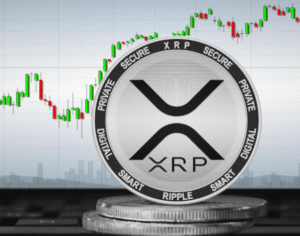#Web3 #Decentralization #Blockchain #CryptoLegislation #Multichain #DecentralizedFinance #ChainKeyCryptography #Cryptocurrency
In a short span, decentralized networks have seen phenomenal growth, with their treasuries amassing over $25 billion, and increasing global memberships. This surge is partly attributed to several US states and countries such as Switzerland, Malta, and Hong Kong, implementing crypto-friendly laws, pointing towards a future where Web3 shapes how businesses operate. Despite these advancements, the blockchain sector faces challenges with its numerous competing protocols. Developers are often caught in a dilemma whether to launch their projects on a single chain, thereby limiting their reach, or to attempt integrating multiple chains, which not only complicates the process but also introduces potential security vulnerabilities and limits liquidity due to fragmentation. This situation is a bottleneck that is slowing the collective progress and broad adoption of blockchain technology, signaling a need for a change in approach.
Addressing this fragmentation, direct integrations present a solution by bridging Web3 gaps in a direct and simple manner, and extending the capabilities of each blockchain beyond its original intent. This allows for more efficient and innovative developments. A multi-chain strategy, despite its complexities, offers various benefits including resilience, flexibility, and enhanced collaboration across different blockchain ecosystems. However, current solutions like blockchain bridges and Layer 2 networks—while promising—lead to divided ecosystems and significant liquidity fragmentation. Moreover, bridging networks come with their own sets of challenges like slow transaction times, high fees, and new security vulnerabilities. To counter these, a revolutionary approach termed “chain key” cryptography is emerging, facilitating direct integrations across blockchains without the need for centralized control points, enabling a seamless, decentralized network of networks. This transformation is not only pivotal for developers, by simplifying the building process and eliminating the need to understand multiple entry points into Web3, but also enhances the user experience by providing easier access to liquidity and tokens across different platforms. This collaborative and interconnected future driven by chain key cryptography and direct integrations is set to redefine the landscape of Web3, making it more accessible and intuitive for a broader public adoption.







Comments are closed.